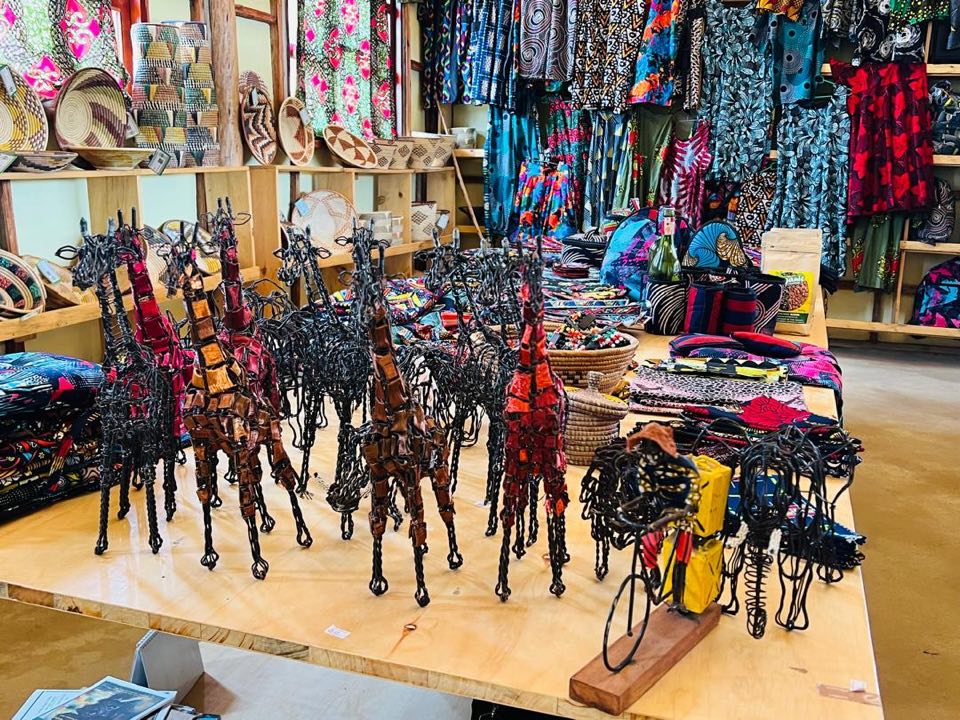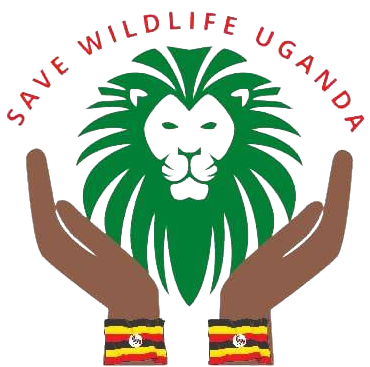Current Projects
We are very excited to announce the Community Centre officially opened on June 1, 2023 and the Women for Conservation team are set and ready to work every day creating and selling their handmade crafts (which includes one-of-a-kind dresses) to visitors. We’ve also installed a large water tank to harvest rain water. For anyone planning an upcoming trip to Uganda, be sure to ask your guide to take you to the Save Wildlife Uganda Ishasha Community Centre!
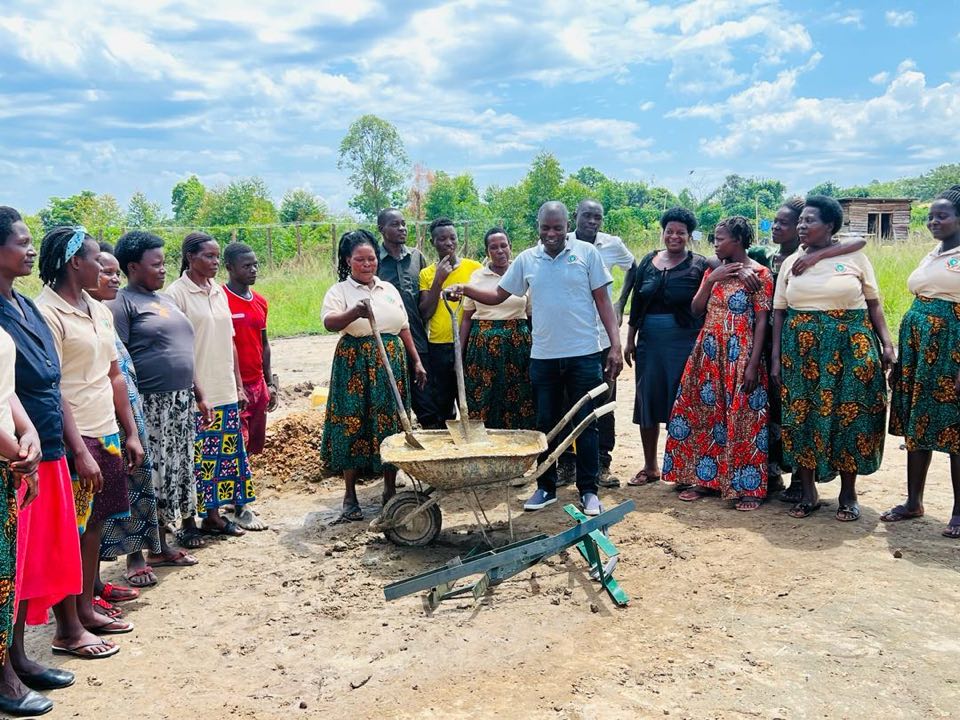
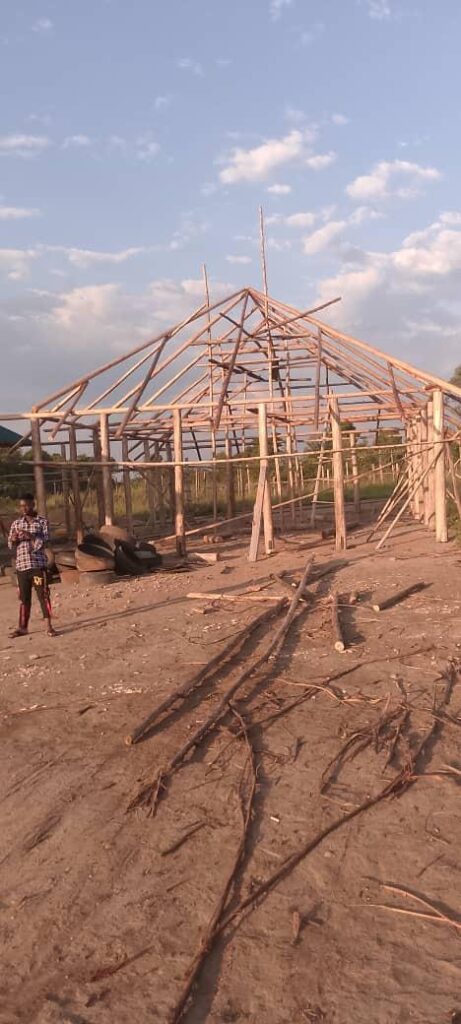


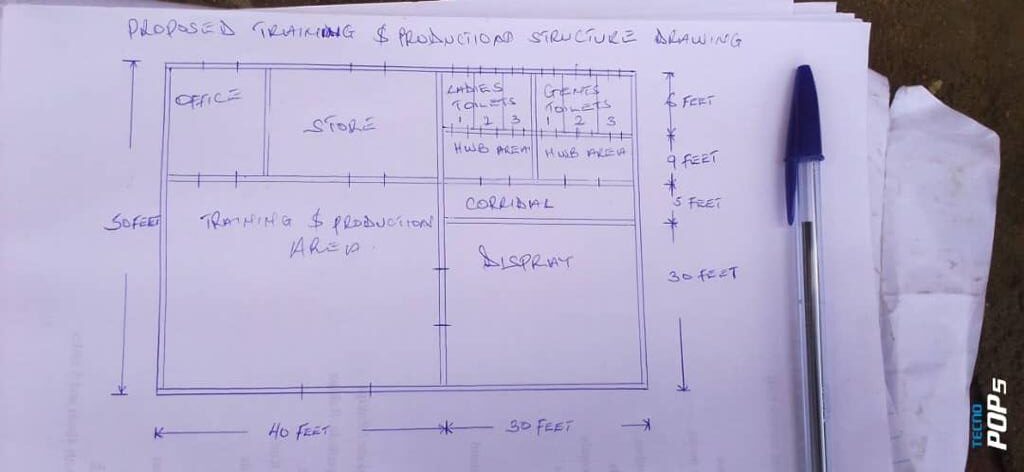
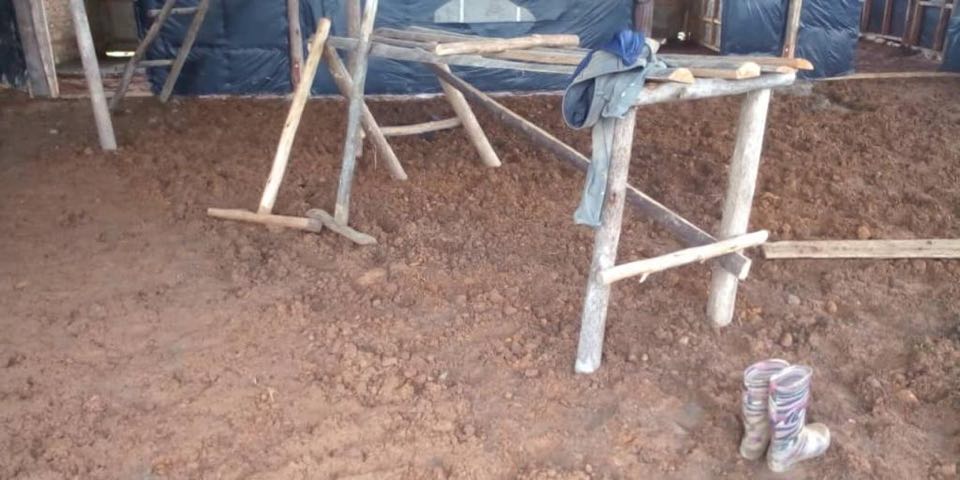
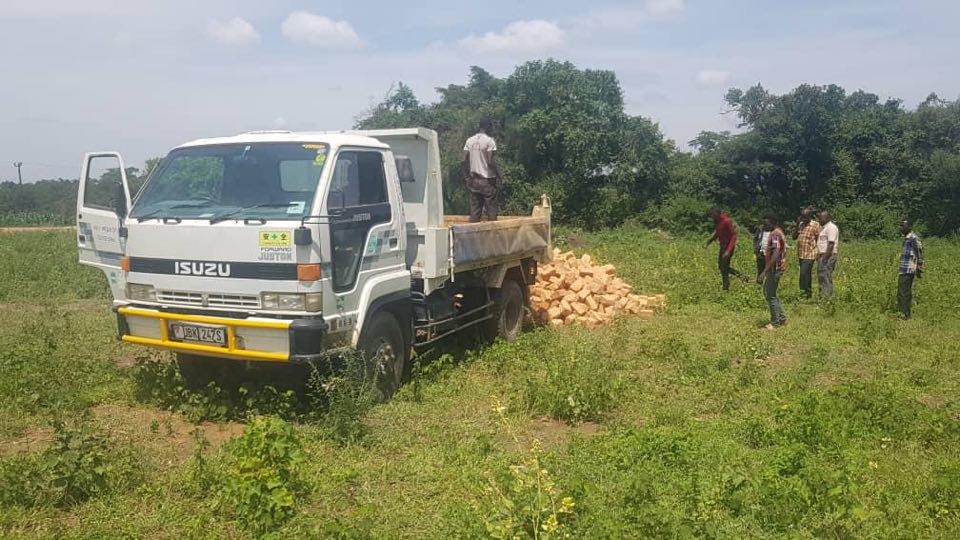

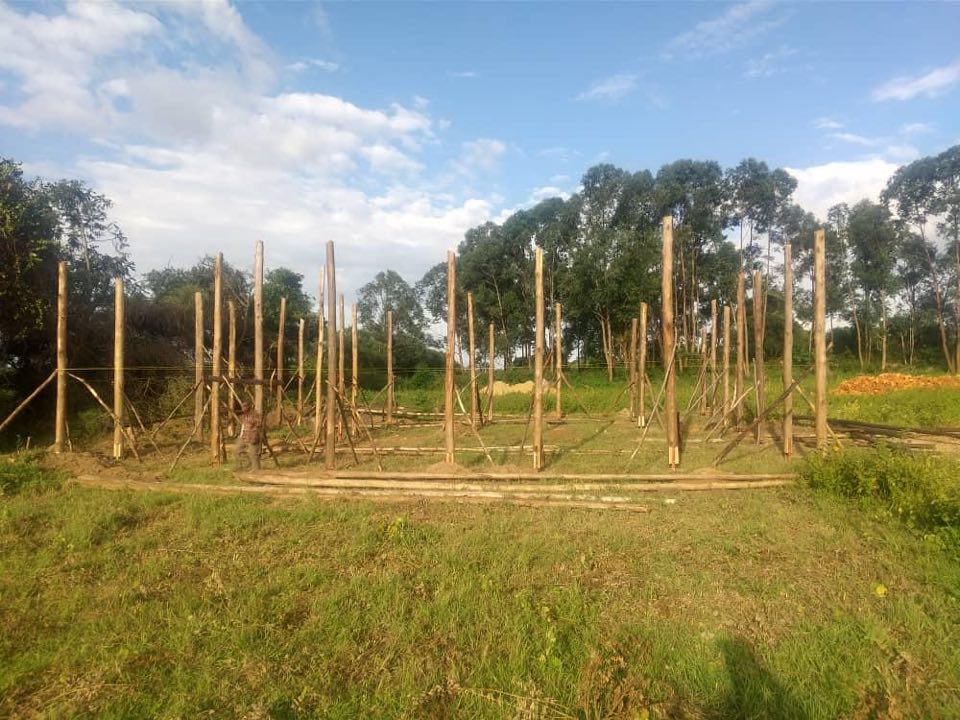

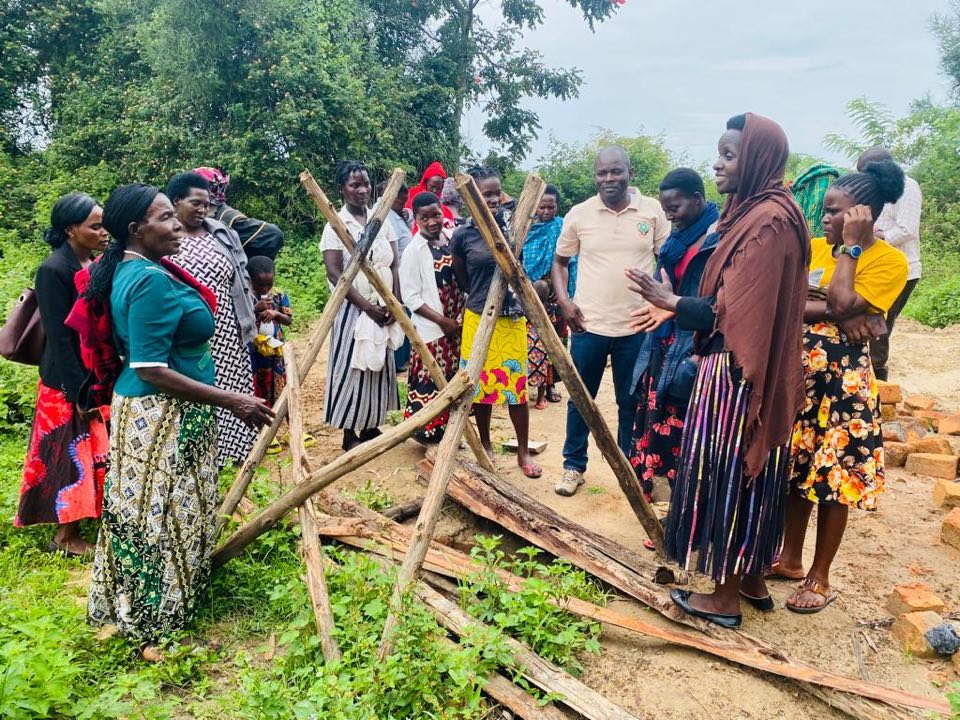


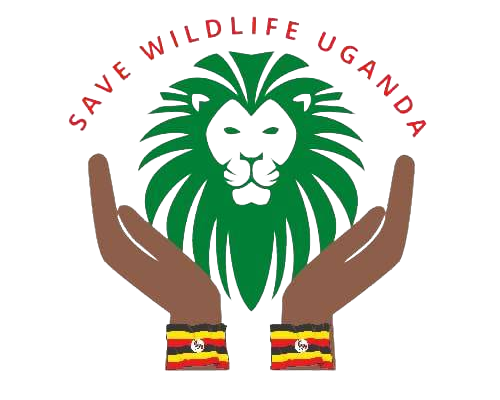
Helping women become self-sufficient was a specific request from the community as it will generate much needed income, but also aligns with our conservation model “empowered women lift up their families which, in turn, avoids breeding future poachers.” The women have received over two months training in basket making and have created colorful, high-quality products for sale to visitors. We hope to expand to fabrics for purchase and would like to secure one or two sewing machines.
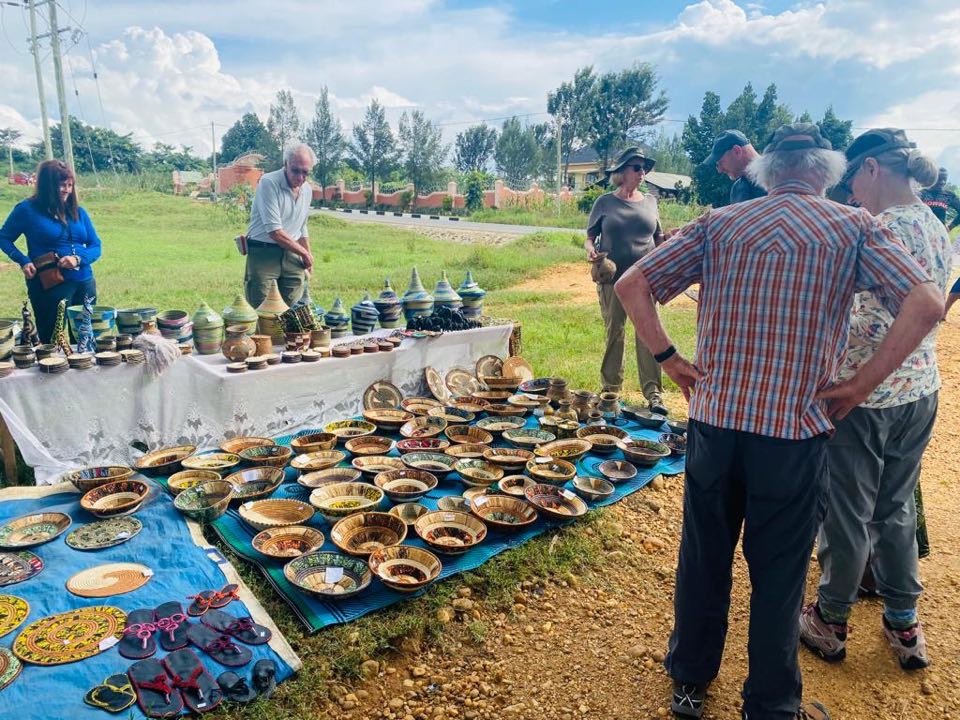
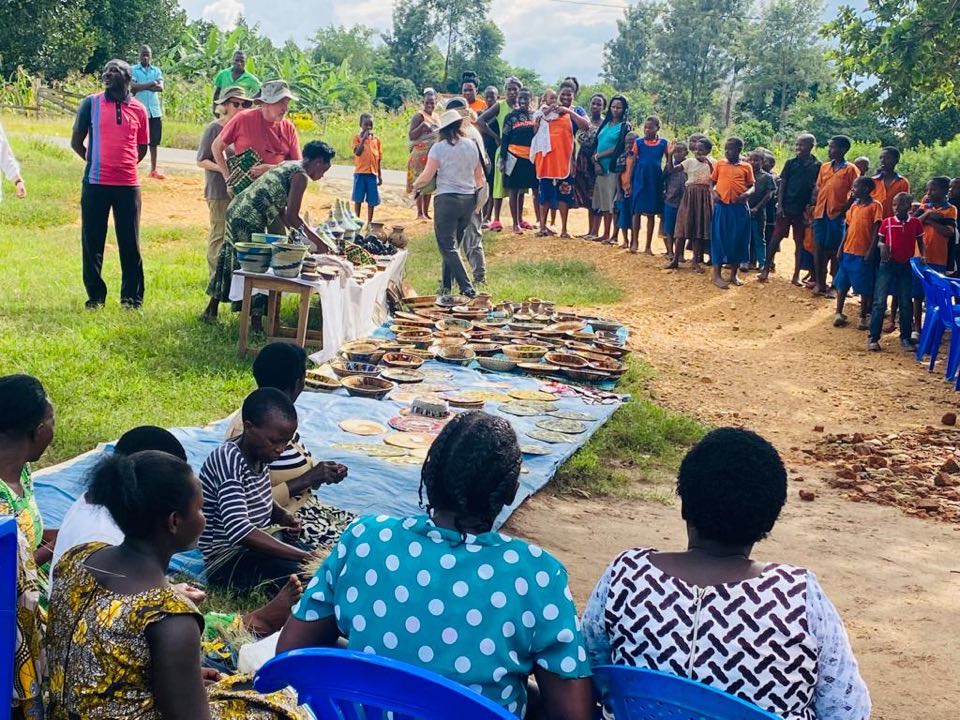
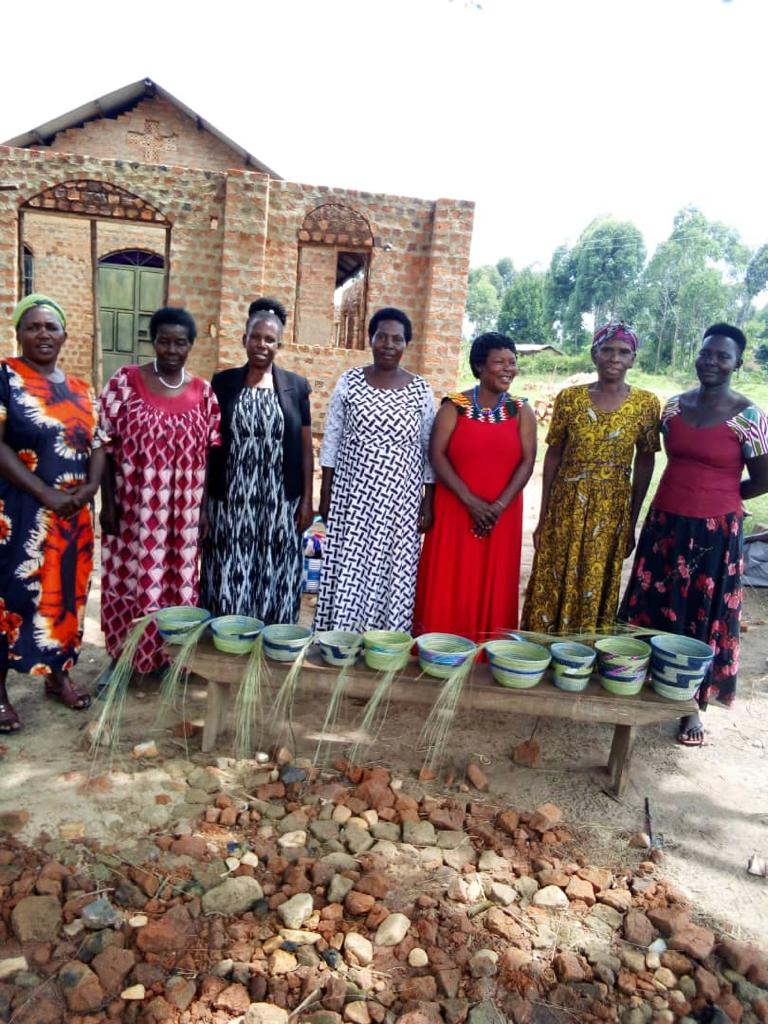

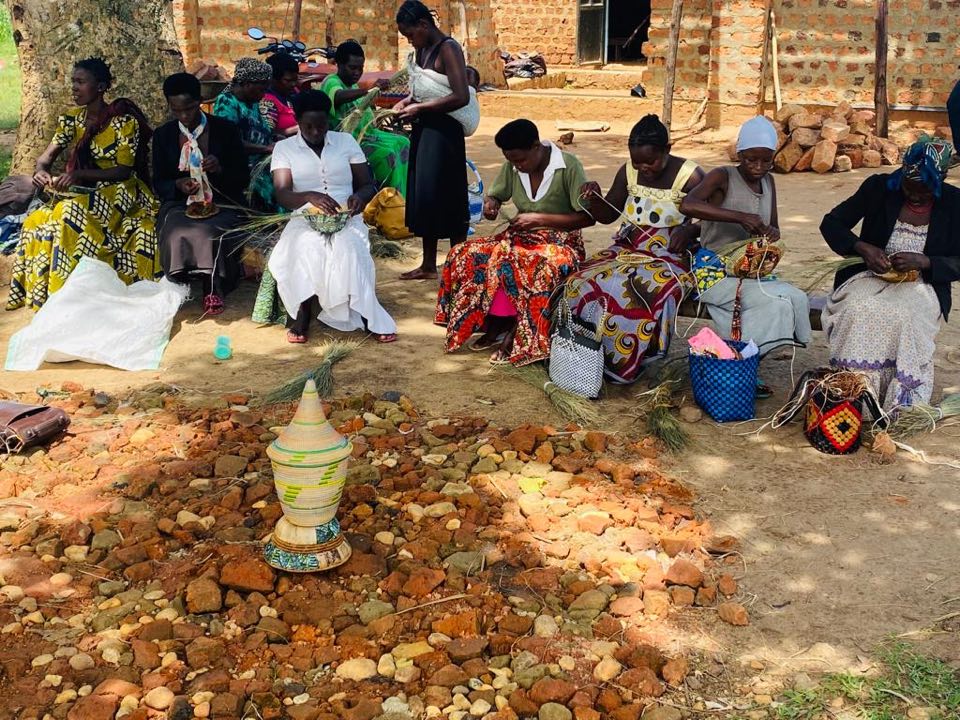

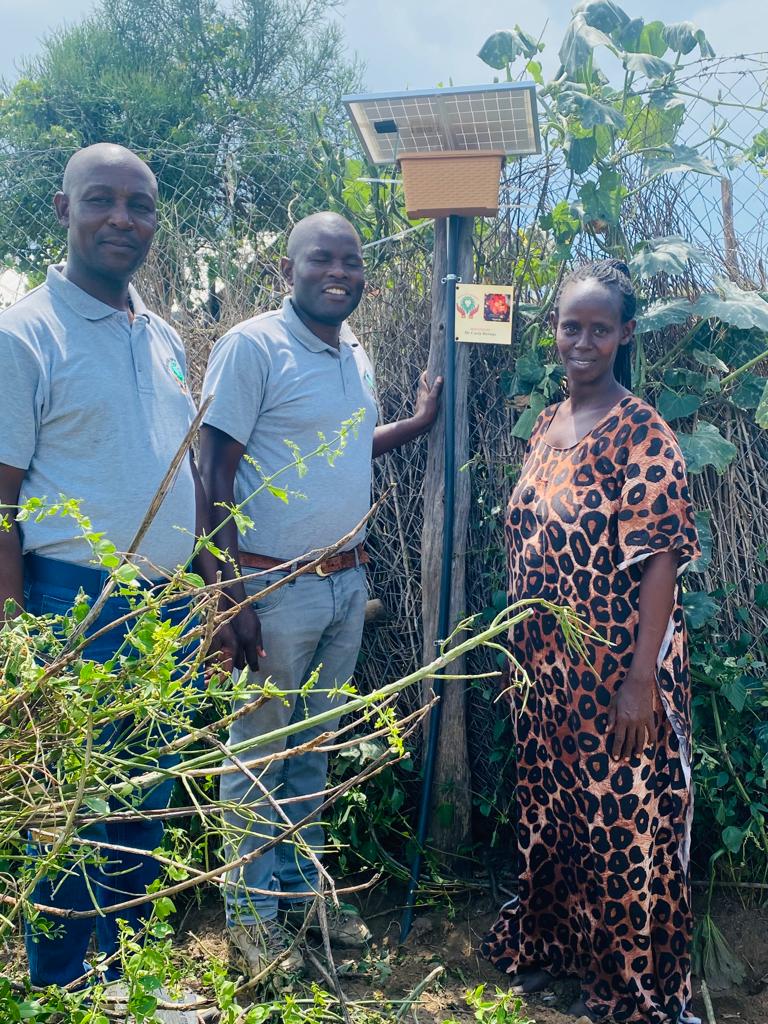
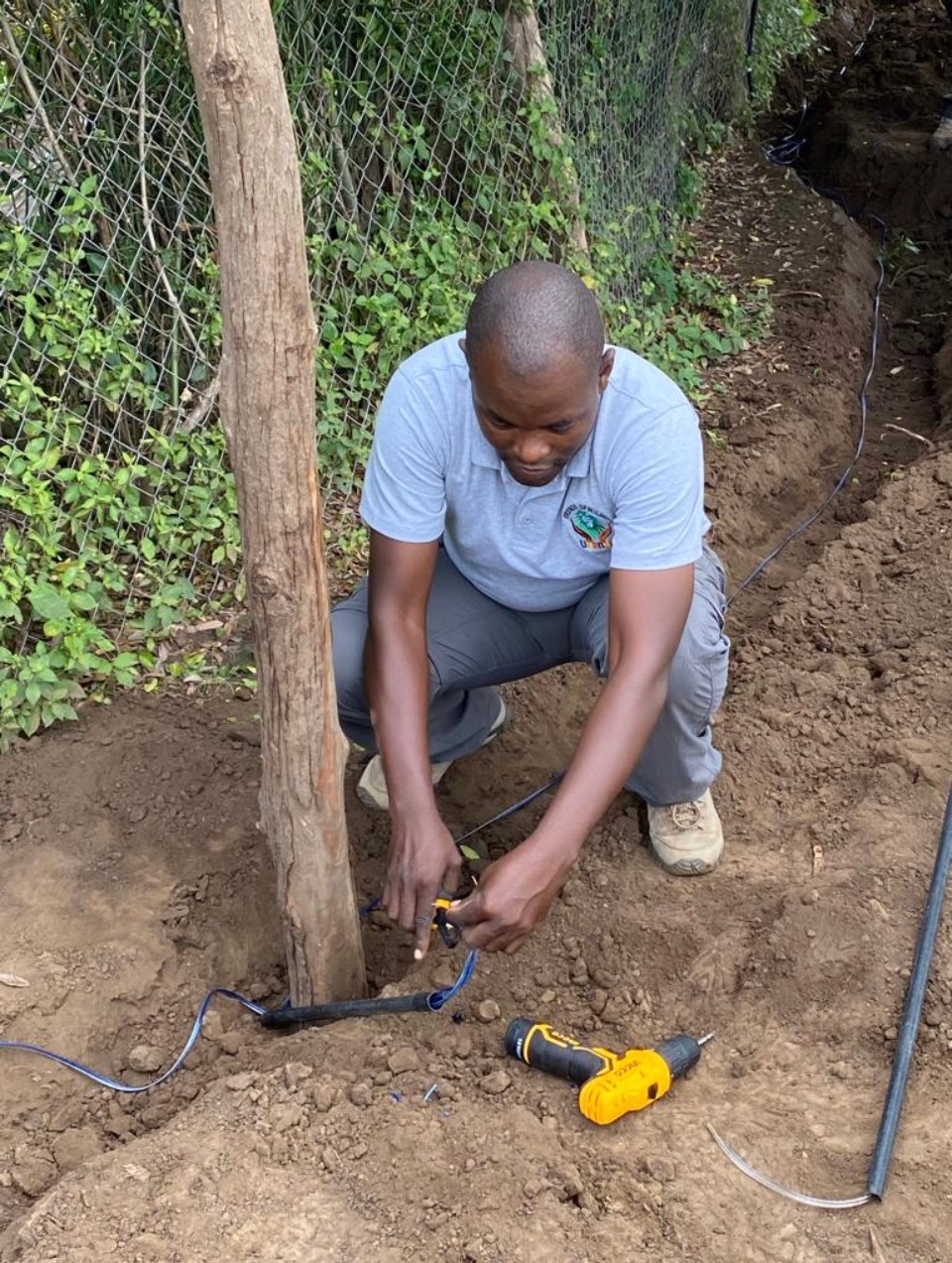
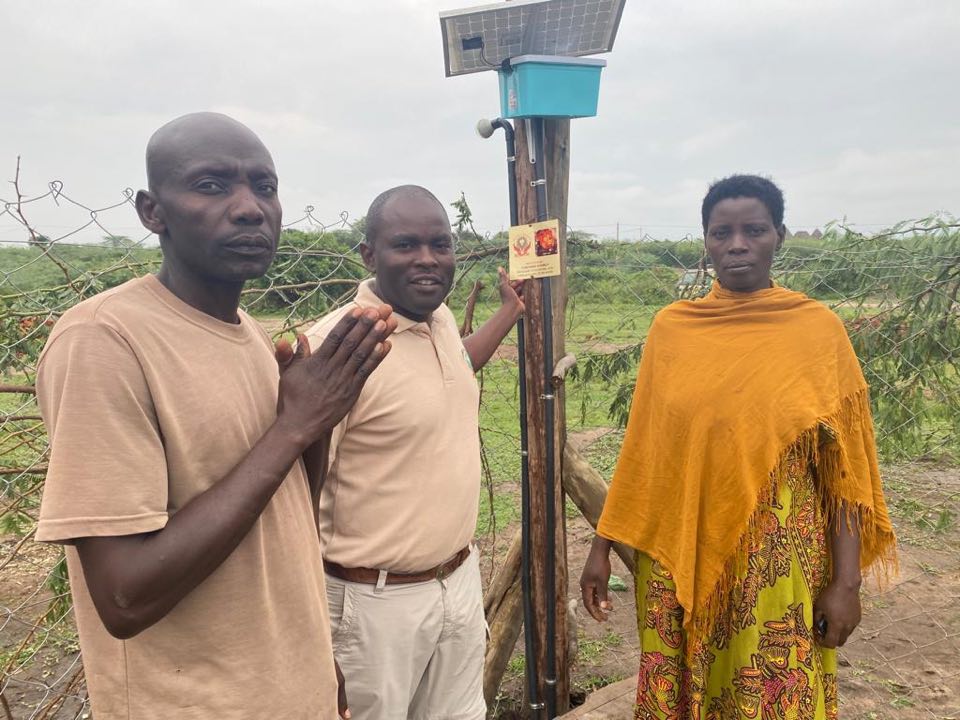
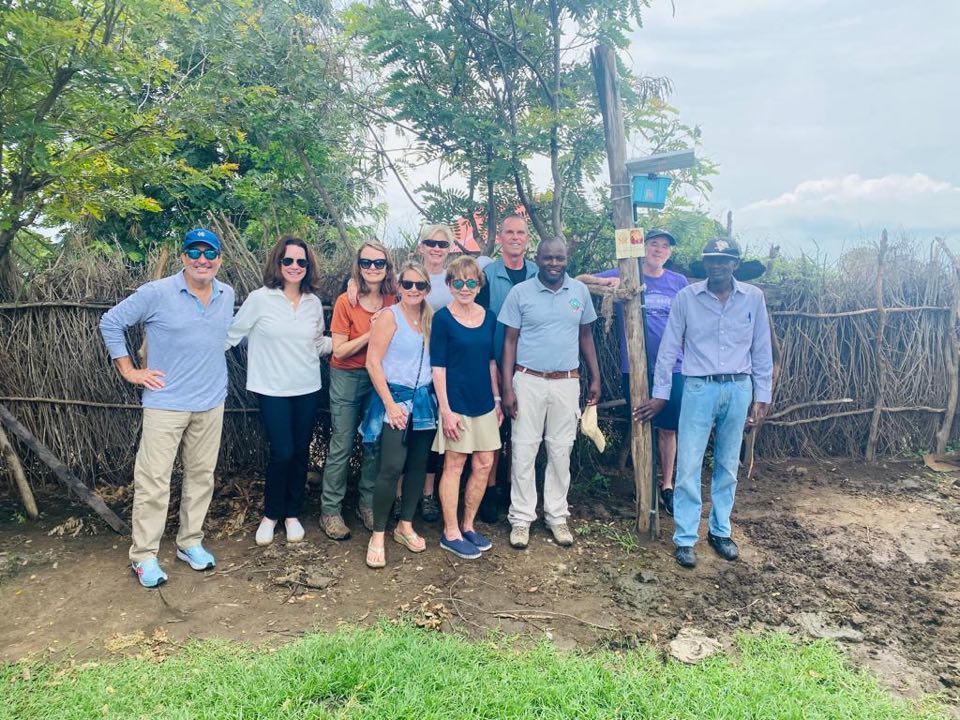
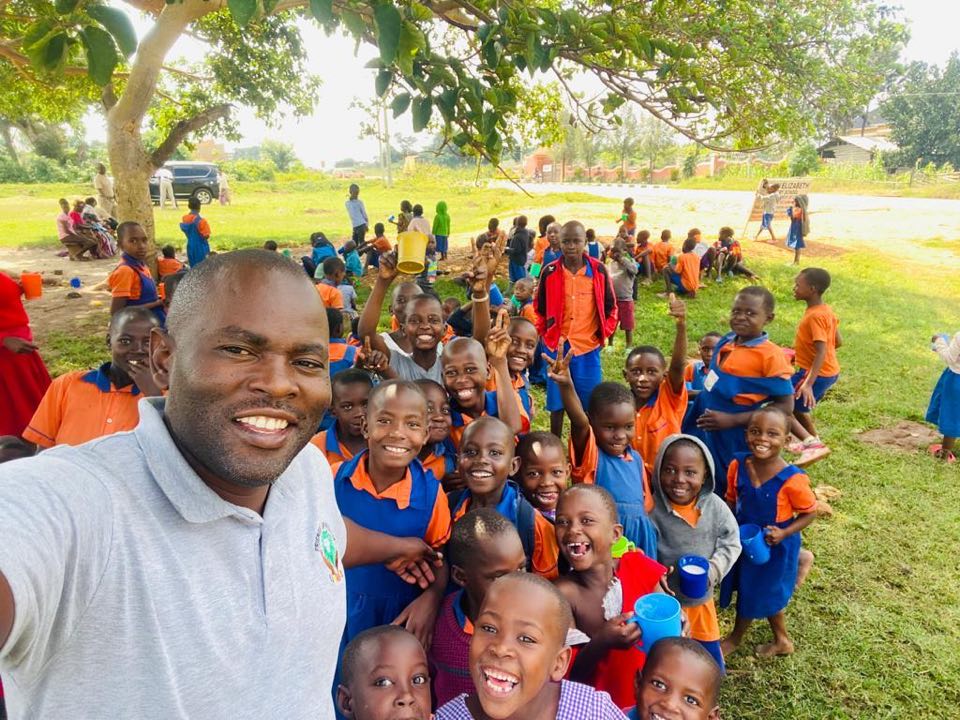
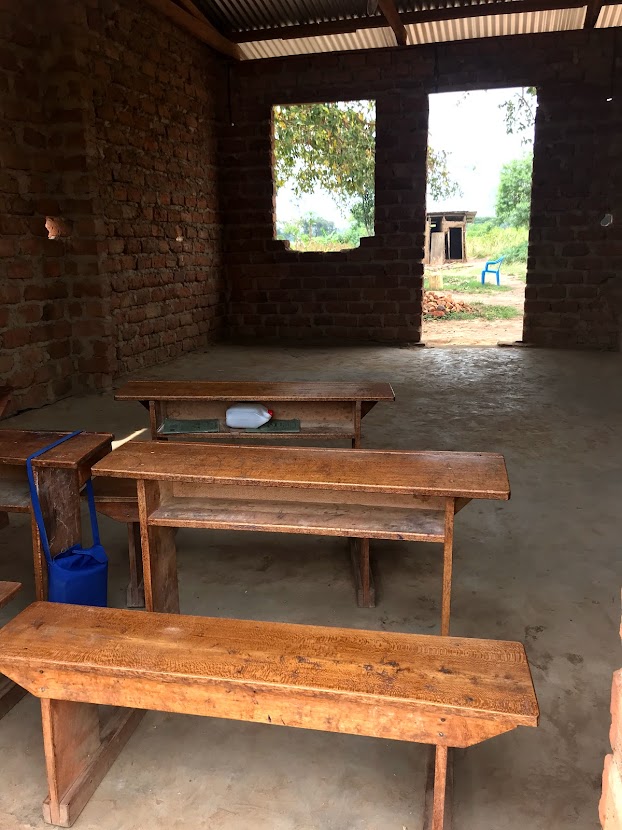
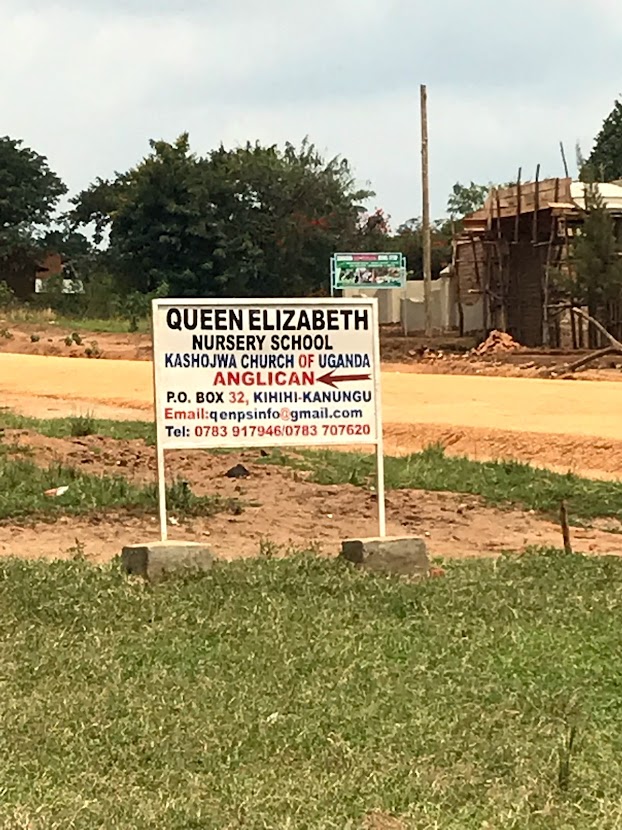
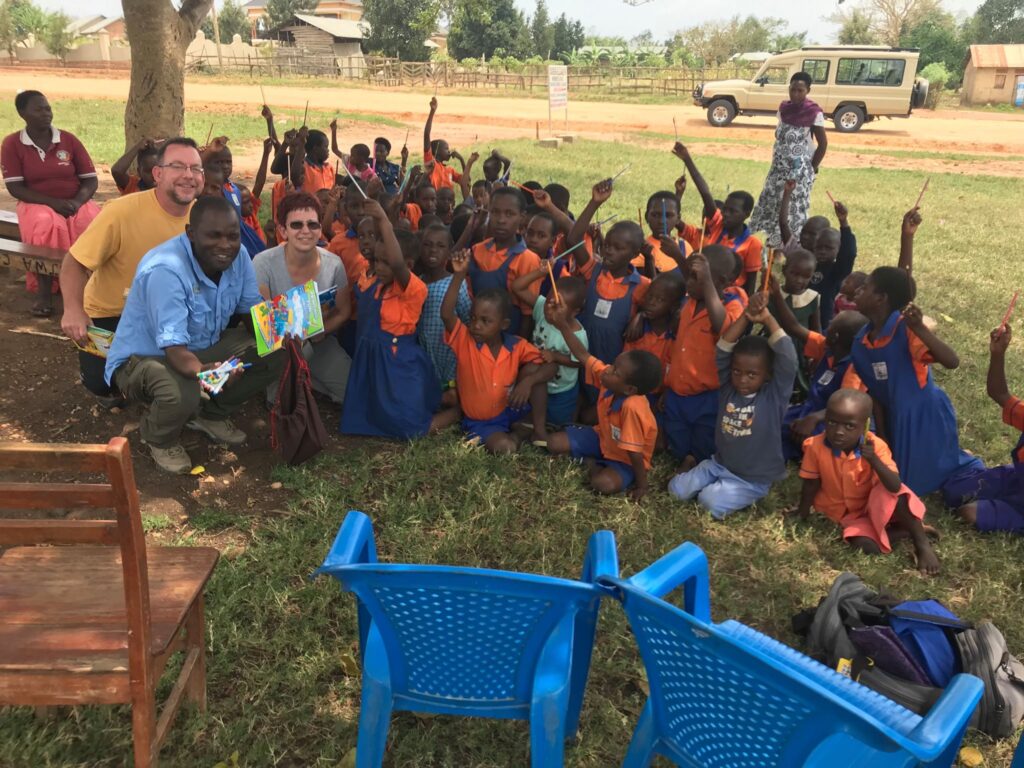
We are proud to announce our latest initiative called Traps to Treasures. Save Wildlife Uganda is training former poachers to make “treasures” from confiscated snares, which are then sold at the Community Centre. With this skill, these men will be able to earn income so they can take care of themselves, and their families all while protecting Uganda’s precious heritage.

